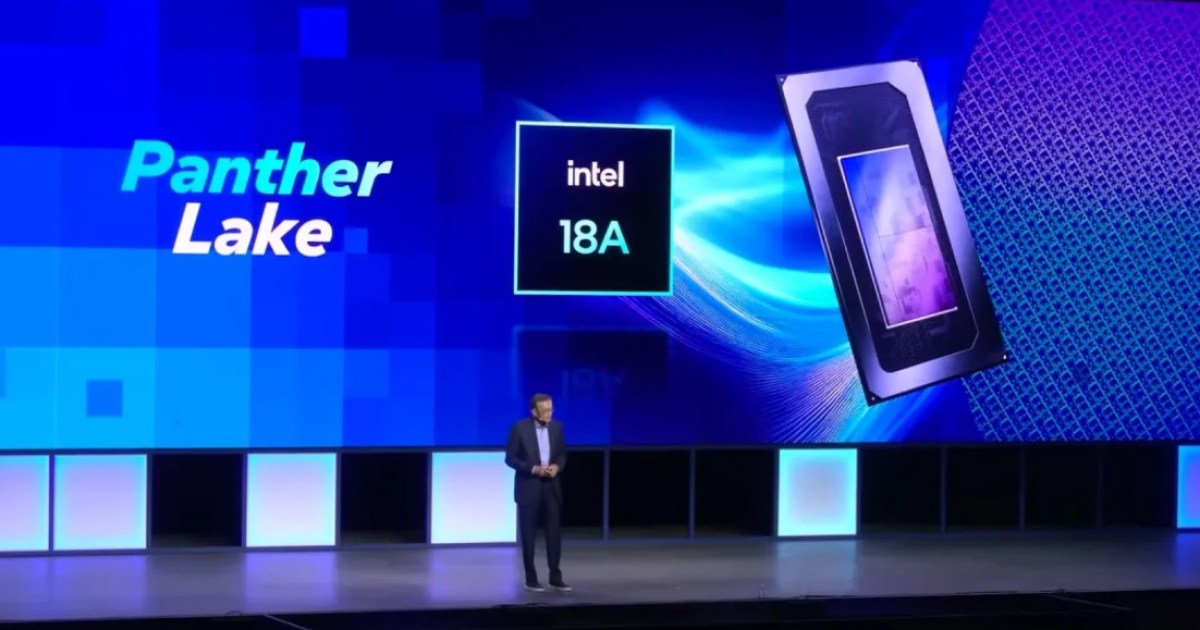
The Intel Panther Lake could be released sooner than expected.
Intel announced significant progress in its processor development plan during its Vision 2025 event, revealing that its 18A process technology has begun its official production phase.
Intel has made a significant step forward in the development of its processors, announcing that its 18A process node has entered the risk production phase, a key aspect of its roadmap for 2025. This advance is indicative of the company's efforts to regain its position as a leader in the semiconductor industry. This node is expected to be essential for the upcoming Panther Lake architecture. As part of its ambitious "five nodes in four years" strategy, 18A incorporates advanced technology, such as RibbonFET transistors and the PowerVia power delivery system, which promise to enhance performance and efficiency compared to the current generation of chips.
Although the term "risk production" does not imply that large-scale manufacturing has begun, it emphasizes that Intel is in the preparatory stages for broader production, with the first integrated circuits undergoing testing and adjustments. In parallel, the company has reaffirmed its commitment to Panther Lake, a new CPU line that will benefit from the 18A node technology, which will succeed Lunar Lake, focusing on laptops. While exact details of Panther Lake's performance and architecture have not yet been revealed, it is suggested that it will bring significant improvements in terms of efficiency and processing capability.
The advancement with the 18A node is crucial for Intel to achieve its goal of becoming a prominent player in the foundry market, manufacturing chips for external clients with its advanced nodes. This places Intel in direct competition with major companies like TSMC and Samsung, who are also evolving in the advanced semiconductor space. The production challenges Intel has faced in recent years make the successful development of 18A critical for regaining its competitiveness in this technological race.
The company aims to begin large-scale manufacturing of this node by 2025, staying in line with its previous projections. If Intel meets its goals, Panther Lake and future processors are expected to deliver notable improvements in both energy efficiency and performance, ensuring its relevance in the competitive CPU market. As it progresses in optimizing the 18A process and approaches the launch of Panther Lake, more details about capabilities, availability, and product planning are expected to emerge in the coming months.




